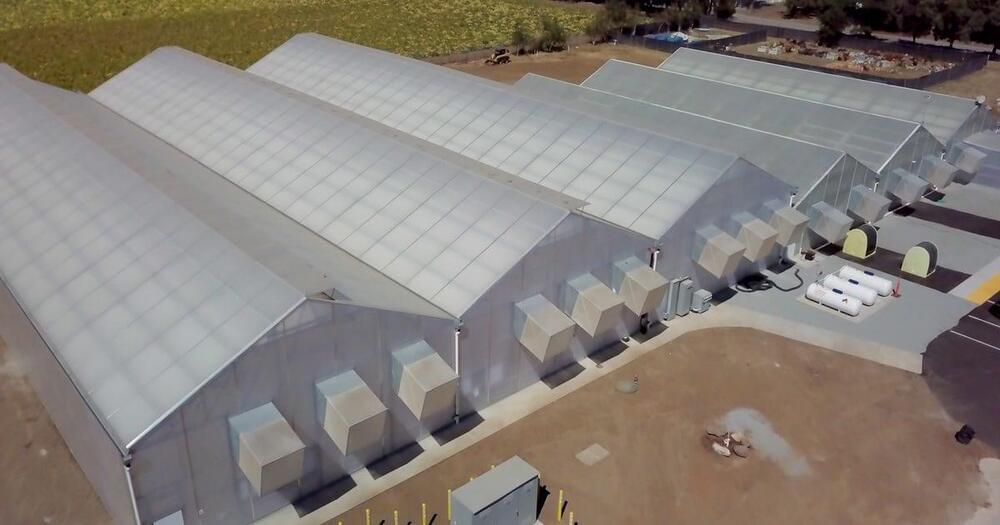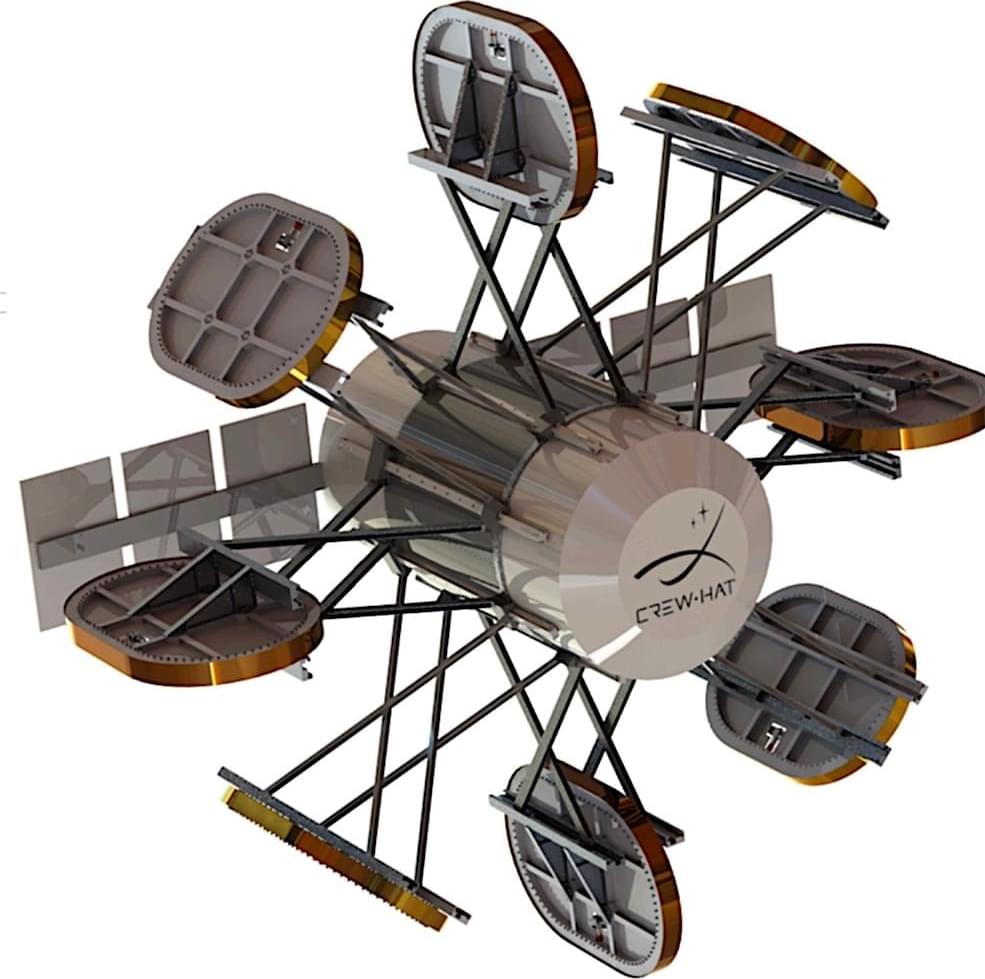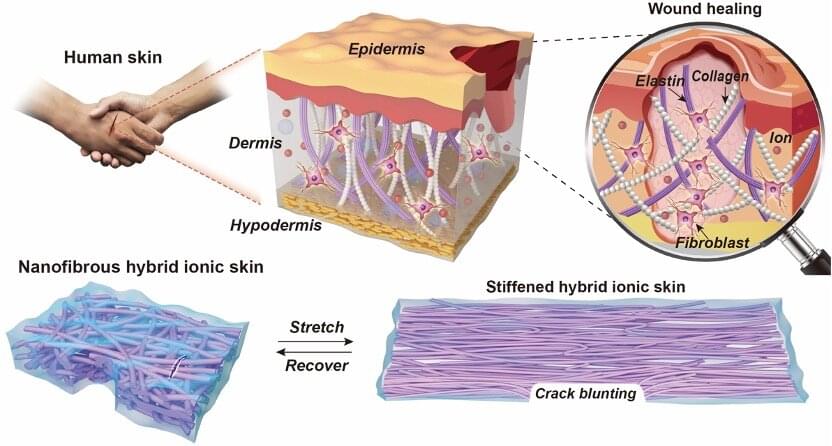No fields, tractors or back-breaking work: This may be how fruits and vegetables are sustainable in the future.
Jeff Bezos thinks the Earth will be like a protected national park in the future — and maybe even a hot cosmic tourist attraction.
The Amazon and Blue Origin founder spoke at the 2021 Ignatius Forum last Wednesday about the future of space travel. During the discussion, he made the eyebrow-raising comment that most people won’t even be born on Earth one day and that it might even turn into a tourist destination for space colonizers, according to RealClearPolitics.
“Over centuries, most or many of the people will be born in space,” Bezos said at the forum. “It will be their first home. They will be born on these colonies, they will live on these colonies. They may visit Earth the way you would visit Yellowstone National Park.”
Cyborgs transhumanist and futurists.
Museum of Science | Boston, MA
March 28th, 2018
We’ve all heard of Terminator, Blade Runner, and other science fiction about cyborgs. But how far is reality from fiction? Can scientists transform humans into machine-like creatures, stronger, smarter and, who knows, even immortal?
Join us for a unique conversation about our transhumanist future with neuroscientist Ed Boyden, leader of the Synthetic Neurobiology Group and associate professor of Biological Engineering and Brain and Cognitive Sciences at the MIT Media Lab and McGovern Institute for Brain Research; humanist Mark O’Connell, journalist and author of To Be a Machine: Adventures Among Cyborgs, Utopians, Hackers, and the Futurists Solving the Modest Problem of Death; and physicist Marcelo Gleiser, director of the Institute for Cross-Disciplinary Engagement at Dartmouth College.
Tissue engineering and stem cells.
A series of talks on stem cells and tissue engineering.
https://youtube.com/watch?v=6GsRjzSBb9g&feature=share
Quantum Physics is the bedrock of physical reality, as far as we know, but things behave very differently at the quantum level than they do in the world as we know it. Today, we learn how large number probability turns a probabilistic world into a deterministic one.
Were you unable to attend Transform 2022? Check out all of the summit sessions in our on-demand library now! Watch here.
Cyberattacks, breaches, hacks and ransomware are on the rise — that should come as no news.
And, according to many experts, one of the significant reasons behind this is a long-lamented cybersecurity talent shortage.
Spacecraft with their own magnetic fields could be used in the future as a means to protect human astronauts from damaging effects of radiation.
In recent years, roboticists and material scientists worldwide have been trying to create artificial systems that resemble human body parts and reproduce their functions. These include artificial skins, protective layers that could also enhance the sensing capabilities of robots.
Researchers at Donghua University in China and the Jülich Centre for Neutron Science (JCNS) in Germany have recently developed a new and highly promising artificial ionic skin based on a self-healable elastic nanomesh, an interwoven structure that resembles human skin. This artificial skin, introduced in a paper published in Nature Communications, is soft, fatigue-free and self-healing.
“As we know, the skin is the largest organ in the human body, which acts as both a protective layer and sensory interface to keep our body healthy and perceptive,” Shengtong Sun, one of the researchers who carried out the study, told TechXplore. “With the rapid development of artificial intelligence and soft robotics, researchers are currently trying to coat humanoid robots with an ‘artificial skin’ that replicates all the mechanical and sensory properties of human skin, so that they can also perceive the everchanging external environment like us.”
Musk stokes Bezos rivalry
Posted in military
“Almost every male character so far is a coward, a jerk or both,” he posted to Twitter. “Tolkien is turning in his grave.”
Amazon aired the first two episodes of Rings of Power on Friday, which centered on Galadriel, commander of the Northern Armies, bent on exacting vengeance for the death of her brother centuries earlier. By comparison, fellow elf Elrond prefers his life of quiet counsel to King Gil-galad, who attempts to send Galadriel away to avoid any military skirmish with Sauron’s scattered forces.
The debate over Amazon’s Rings of Power began in earnest after showrunners and studio executives argued in Vanity Fair they needed to take liberties when adapting Tolkien characters such as Galadriel and Elrond, since his Middle-earth was badly in need of an update to reflect today’s more modern societies.
This video is episode two from the series “Examining the Big Questions of Time”.
Stream the full series now on Wondrium http://www.Wondrium.com/YouTube.
Just a few decades ago, scientists were absolute in their determination that time began with the Big Bang. But that’s all been turned on its head with the rise of string theory and other fascinating developments in theoretical physics. Learn how those advances brought the pre-Bang universe to the forefront of cosmology.
00:00 Was the Big Bang Really the Beginning of Time?
04:18 Cosmic Microwave Background Radiation.
07:22 Is Relativity Theory Always Valid?
09:06 Origins of String Theory.
13:51 Quantum Strings Introduce Dualities.
17:41 Why Can’t We Perceive All Dimensions of Space?
21:53 New Big Bang Theories and Controversy.
25:37 Observable Consequences of a Pre-Bang Epoch.
Welcome to Wondrium on YouTube.
Here, you can enjoy a carefully curated selection of educational videos from our library of history and science series.









